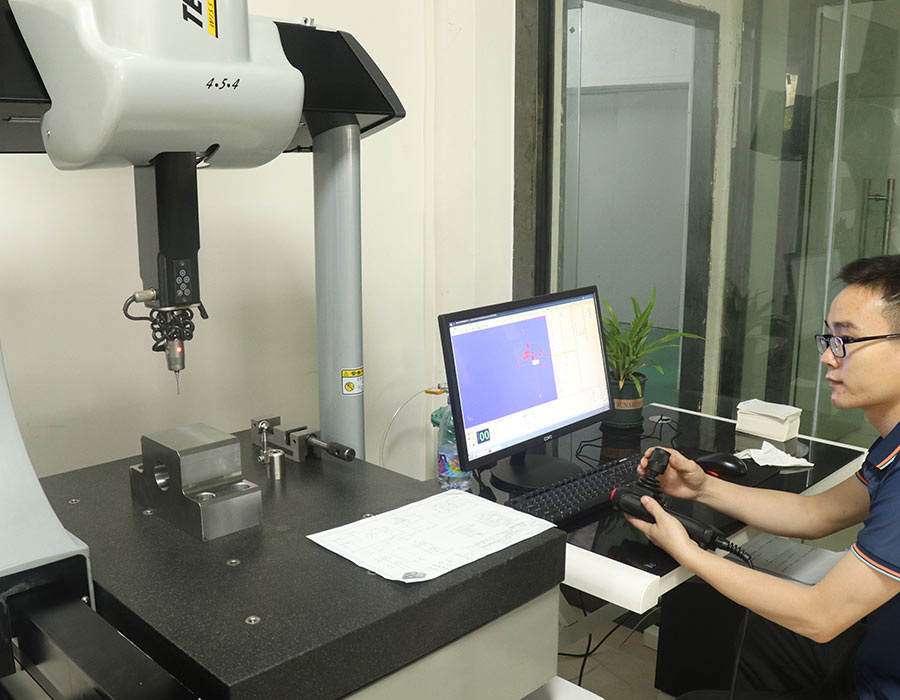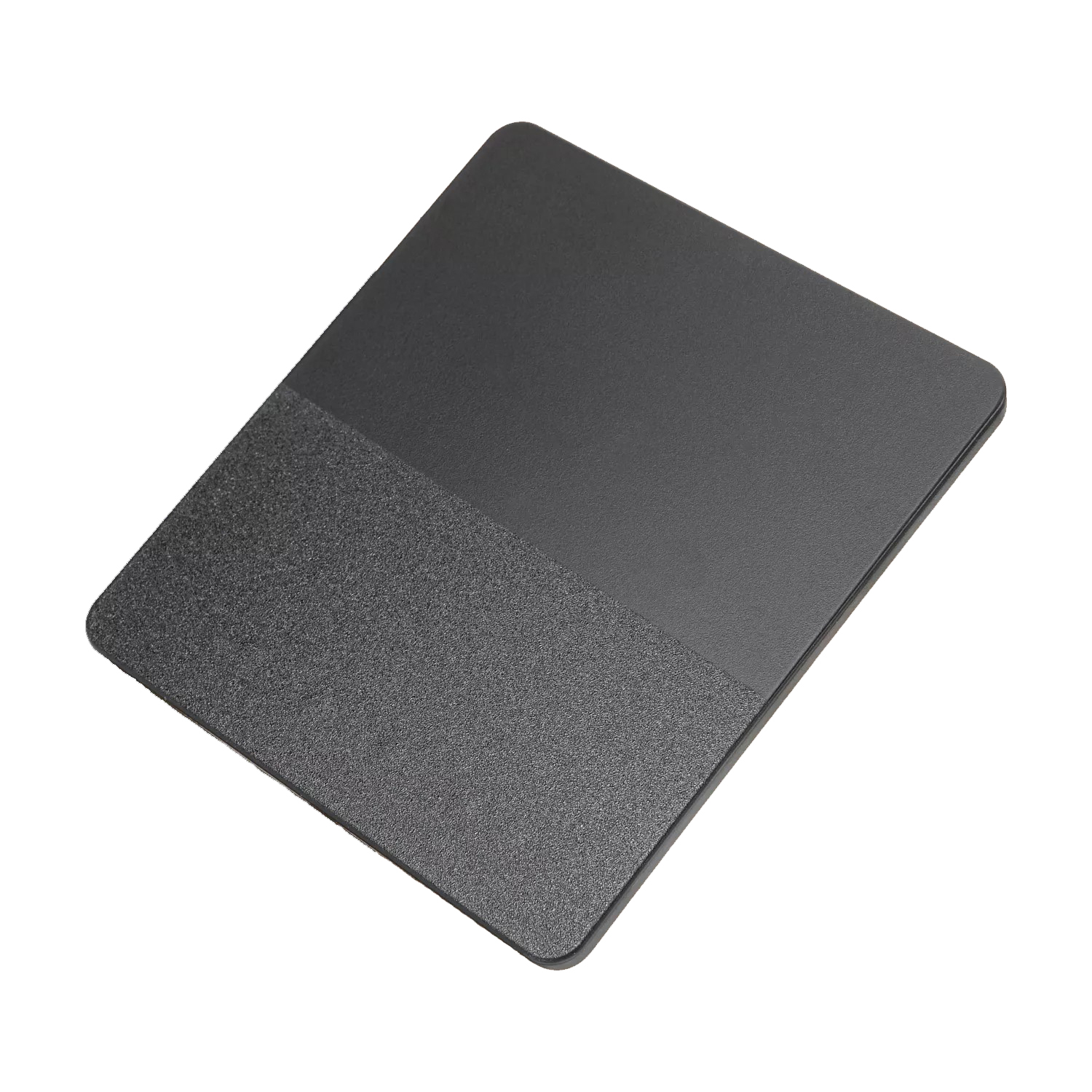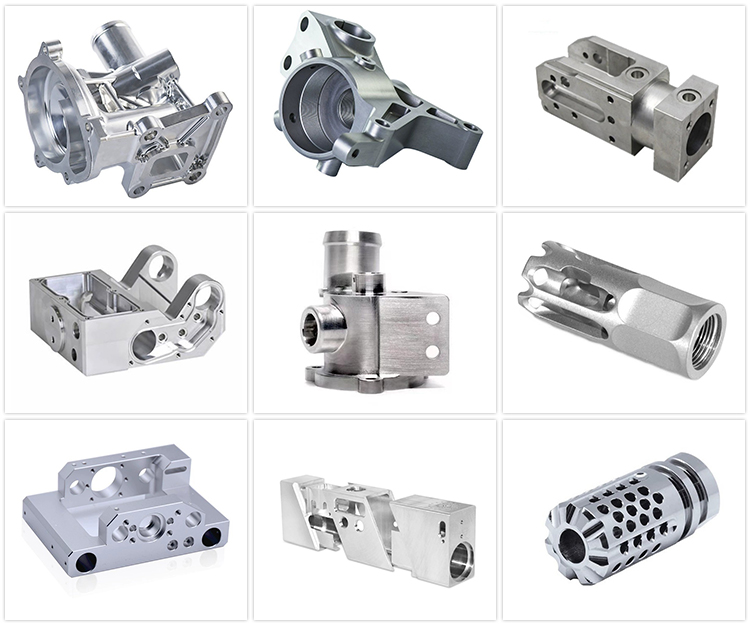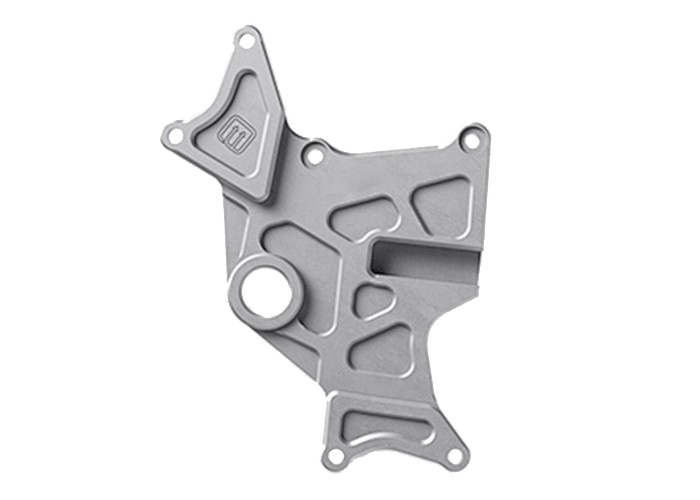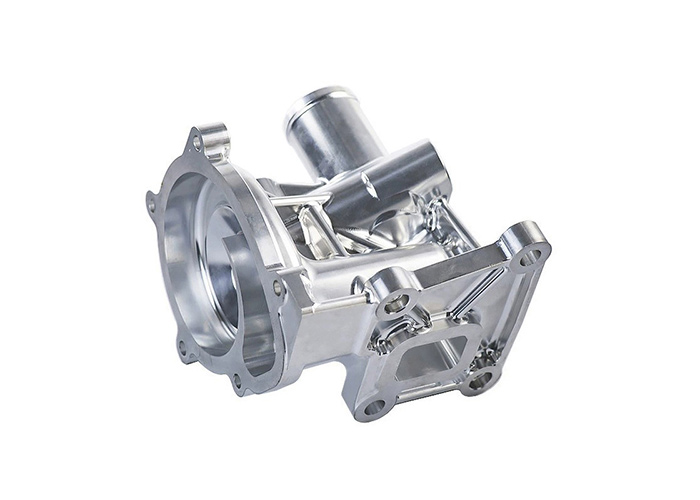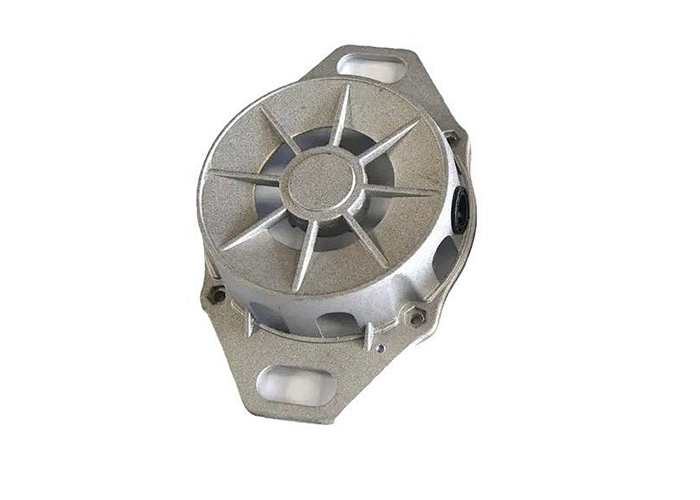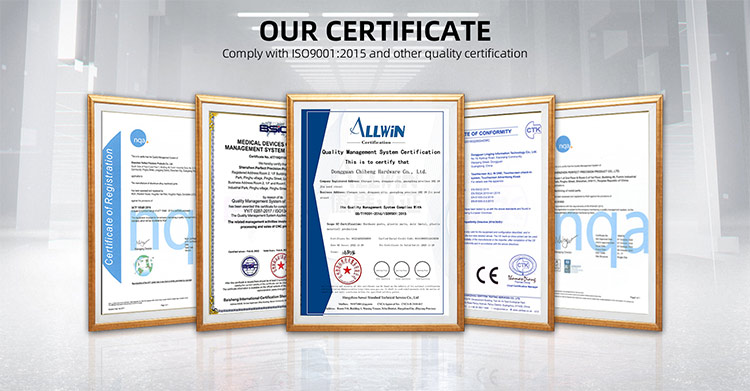Die casting utilizes various metals and alloys, each offering unique properties suitable for different applications. The most common metals used in die casting are:
-
•
Aluminum: Lightweight, corrosion-resistant, and offers good dimensional stability. Ideal for complex, fine-featured parts in automotive, aerospace, and electronics industries.
-
•
Zinc: Easy to cast, provides excellent surface finish, and offers high impact strength. Commonly used in automotive, electronics, and consumer goods..
-
•
Magnesium: The lightest structural metal, highly machinable, and suitable for hot-chamber die casting. Used in aerospace, automotive, and sports equipment.
-
•
Copper alloys: Offer high electrical and thermal conductivity. Brass, a copper-zinc alloy, is used for decorative and functional components.
These metals are often alloyed with other elements to enhance specific properties. For instance, aluminum alloys typically contain silicon, copper, and magnesium, while zinc alloys like Zamak include aluminum, magnesium, and copper. The choice of metal depends on factors such as part complexity, required properties, production volume, and cost considerations.
